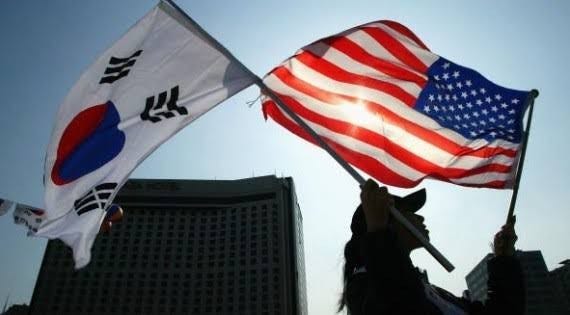The 70-Year Old US-South Korea Alliance in Danger
Trump romance with north, China disputes, Seoul-Tokyo tensions

By Ju-seok Seo
Some argue that the South Korea-US alliance is deteriorating. They cite the North Korean nuclear situation, disputes over the deployment of the THAAD antimissile system, the end of the intelligence-sharing agreement GSOMIA between South Korea and Japan, and negotiations over the Special Measures Agreement.
A precise assessment is necessary…
Keep reading with a 7-day free trial
Subscribe to Asia Sentinel to keep reading this post and get 7 days of free access to the full post archives.
